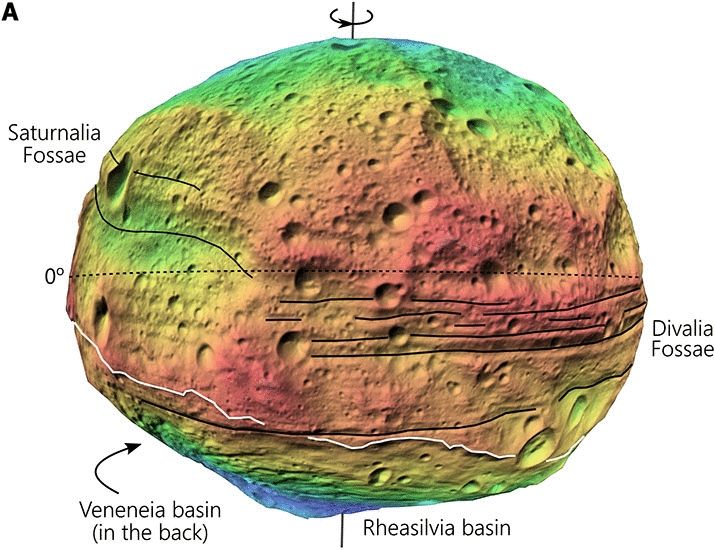Jupiter Hansen (Cheng)
@jupforjupiter.bsky.social
260 followers
390 following
90 posts
Structural Planetary Geologist | Postdoc researcher | Asteroid 32027 | Playing too much video 🎮 | She/her/Dr. | 🇭🇰 | 🐈⬛🐈
jupiterhansen.com
Posts
Media
Videos
Starter Packs
Reposted by Jupiter Hansen (Cheng)
Reposted by Jupiter Hansen (Cheng)
Reposted by Jupiter Hansen (Cheng)
Reposted by Jupiter Hansen (Cheng)
Reposted by Jupiter Hansen (Cheng)
Reposted by Jupiter Hansen (Cheng)
Reposted by Jupiter Hansen (Cheng)
Reposted by Jupiter Hansen (Cheng)
Reposted by Jupiter Hansen (Cheng)
Reposted by Jupiter Hansen (Cheng)
Reposted by Jupiter Hansen (Cheng)
Reposted by Jupiter Hansen (Cheng)
Reposted by Jupiter Hansen (Cheng)
Reposted by Jupiter Hansen (Cheng)
Reposted by Jupiter Hansen (Cheng)
Reposted by Jupiter Hansen (Cheng)
Reposted by Jupiter Hansen (Cheng)
Reposted by Jupiter Hansen (Cheng)
Reposted by Jupiter Hansen (Cheng)
Reposted by Jupiter Hansen (Cheng)
Reposted by Jupiter Hansen (Cheng)
Reposted by Jupiter Hansen (Cheng)
Reposted by Jupiter Hansen (Cheng)
Reposted by Jupiter Hansen (Cheng)

























